In the context of the increasing number of medical facilities and the need for medical examination and treatment, the amount of medical waste generated also increases accordingly. This is a big challenge, because medical waste has the potential risk of transmitting pathogens or causing harm to patients, medical staff and the community if not managed properly.
Realizing the importance of this, medical facilities are promoting training and updating procedures. At Hospital E, training courses on medical waste management and hand hygiene are regularly organized for staff.
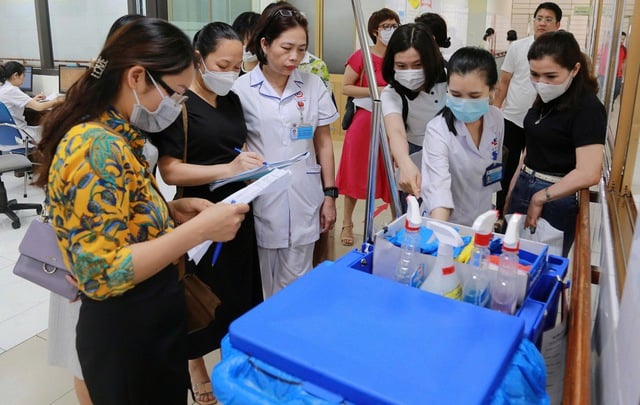
Checking the waste classification and room hygiene of Quang Ninh General Hospital.
Dr. Nguyen Cong Huu - Director of E Hospital affirmed that medical waste has been and is an issue of concern to the whole society. He emphasized that training on medical waste management system not only helps to effectively manage waste sources, but also contributes to perfecting the health care system, aiming at patient satisfaction.
Liability and core practices
Medical waste management in Vietnam is currently implemented based on a strict legal framework, including the 2020 Law on Environmental Protection, Decree No. 08/2022/ND-CP, and especially Circular No. 20/2021/TT-BYT of the Ministry of Health regulating medical waste management within medical facilities.
Based on these regulations, the Ministry of Health and local Health Departments regularly organize inspections, supervision and professional training for medical facilities nationwide.
The overall goal of these processes is to minimize the risk of infection from medical waste. Currently, medical facilities are applying various treatment methods, depending on the conditions and type of waste:
Incineration: This is the most common method. However, this method has the disadvantage of high cost and can have negative environmental consequences if emissions and soot are not properly controlled.
Wet heat method (Sterilization by autoclave): This is a technology that uses an autoclave at a minimum temperature of 121 degrees Celsius combined with high pressure to destroy all bacteria and spores. This method is very effective for infectious waste but cannot be used for chemicals or pharmaceuticals.
Chemical treatment method: Suitable for liquid waste such as blood, hospital wastewater. However, this method can cause corrosion, material deformation and potential risks to the environment if not handled properly.
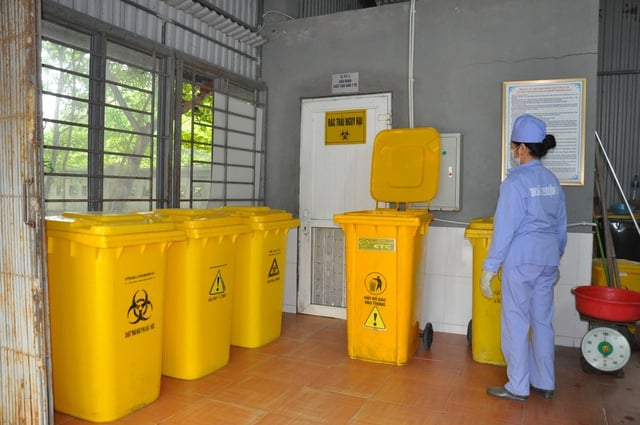
Medical waste treatment not only protects public health today but also contributes to building a green, clean, sustainable living environment for the future.
Microwave irradiation method: Use microwave frequency to heat wastewater or moisten shredded solid waste for sterilization. The disadvantages of this method are high investment and operating costs, and cannot process metals.
Petrification method: Is the process of inertizing waste (usually pharmaceuticals, equipment containing heavy metals) with cement, helping to minimize the amount of toxic substances released into the environment.
Landfill method: This is only considered a temporary solution, posing many risks of polluting the soil and water environment and spreading diseases if not carried out according to technical procedures.
Although there are many methods, the fact that some localities and medical facilities are still "struggling" in choosing and operating treatment systems is still a big challenge for the whole industry.
Recycling: Dual economic and health benefits
One of the most important solutions to solve the problem of medical waste is to promote recycling. Recycling medical waste not only helps reduce treatment costs and save resources, but also brings direct benefits to public health.
Proper disposal of medical waste can help recycle much of it. If medical waste is stored for a long time, it can change or release toxic substances, causing skin and respiratory problems. Proper recycling helps reduce this risk, eliminates breeding grounds for disease-carrying organisms and reduces air pollution from incineration.
According to regulations, many types of regular medical waste and infectious waste (after being treated to standards by the wet heat method) can be collected for recycling.
Wastes that are allowed to be collected and recycled (if not contaminated with blood, secretions, pathogens or hazardous chemicals) include:
Paper: Newspaper, cardboard, cardboard boxes, medicine boxes.
Plastic: Plastic medication bottles (non-cytotoxic), IV bottles, IV lines, syringes (with sharp tips removed), beverage bottles (from non-isolated areas).
Metal: Beverage cans (from non-isolated areas).
Glass: Glass bottles, jars, and medicine bottles (free from harmful, cytotoxic chemicals).
To ensure the safety of the recycling process, medical facilities must comply with strict collection and classification procedures. Recyclable waste is collected in white plastic bags, not more than 3/4 full. These bags are placed on injection carts and procedure carts and transported to the hospital's central collection point at least once a day.
When recycling, medical staff must wear full personal protective equipment. Waste is carefully classified (plastic, paper, glass, metal), packed separately in white plastic bags, weighed and recorded in a logbook before being put into storage, awaiting handover to a competent recycling unit.
See more videos of interest:
Source: https://suckhoedoisong.vn/quan-ly-chat-thai-y-te-tu-phan-loai-tai-nguon-den-tai-che-an-toan-169251111215920286.htm




![[Photo] Highways passing through Dong Nai](https://vphoto.vietnam.vn/thumb/1200x675/vietnam/resource/IMAGE/2025/11/12/1762940149627_ndo_br_1-resize-5756-jpg.webp)



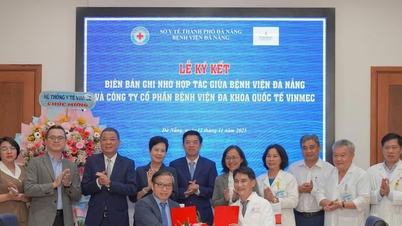




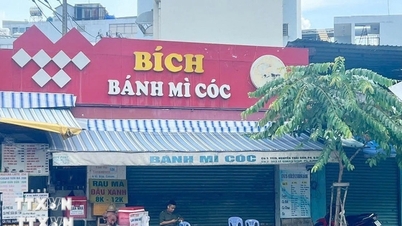




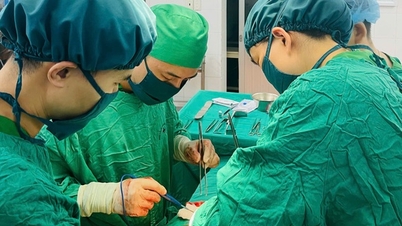







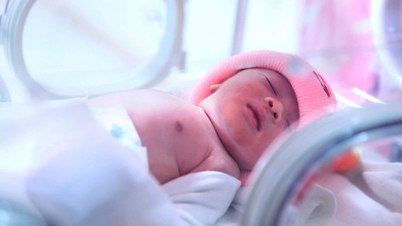







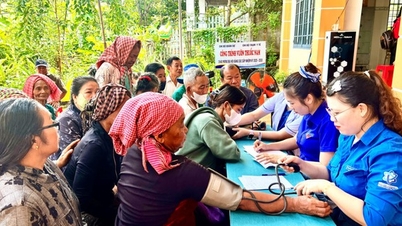
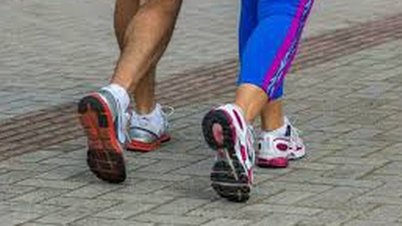





































































![Dong Nai OCOP transition: [Article 3] Linking tourism with OCOP product consumption](https://vphoto.vietnam.vn/thumb/402x226/vietnam/resource/IMAGE/2025/11/10/1762739199309_1324-2740-7_n-162543_981.jpeg)







Comment (0)